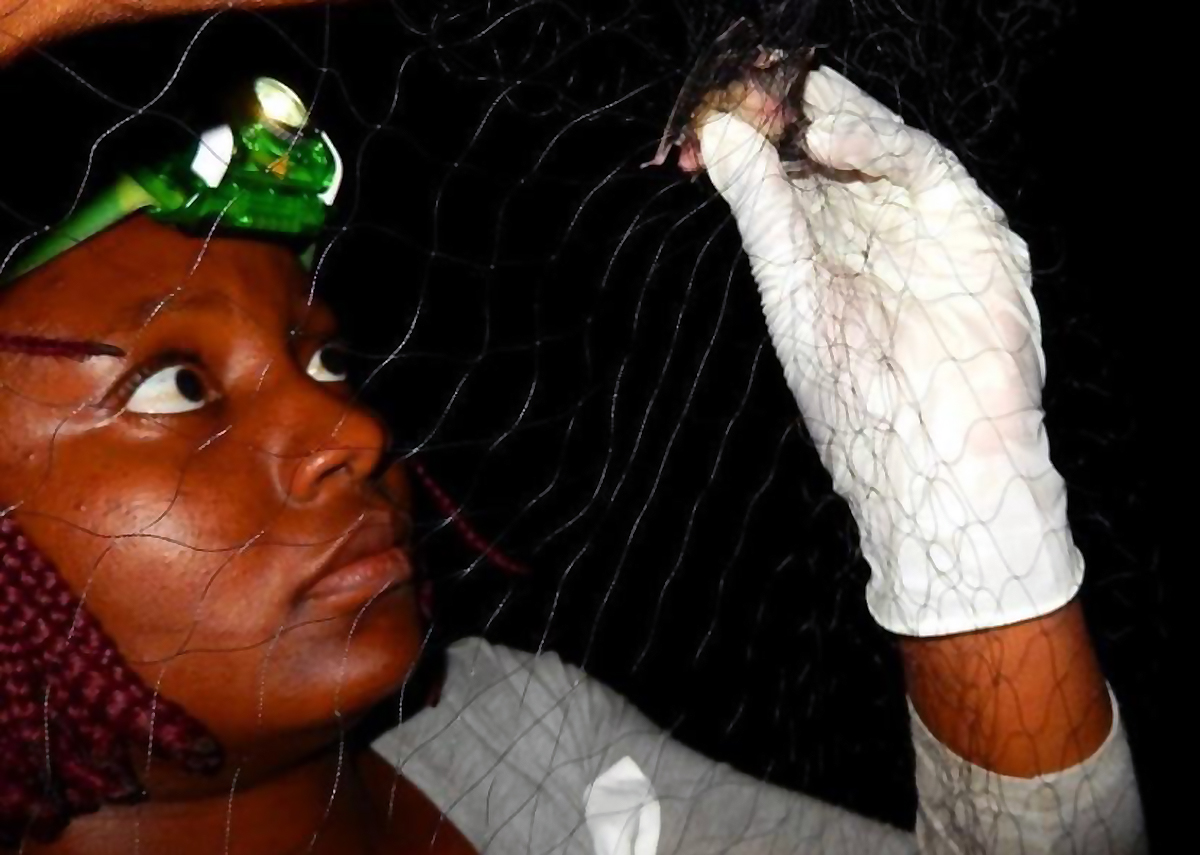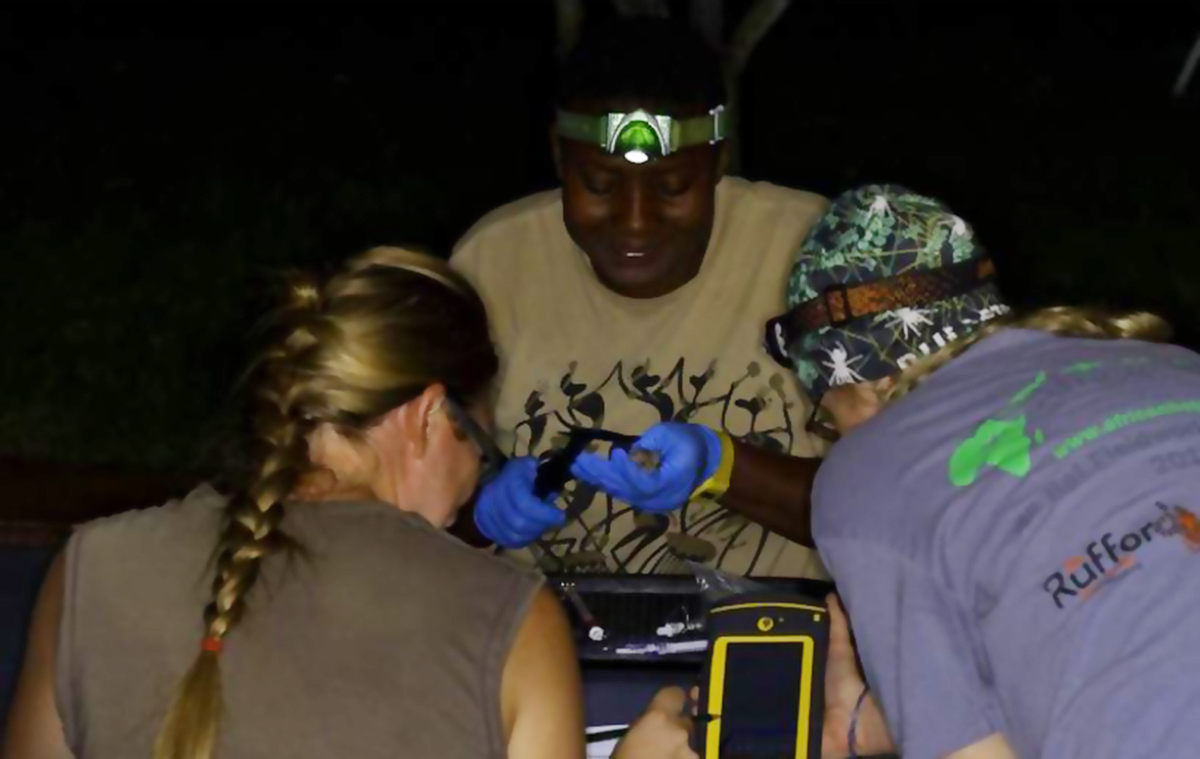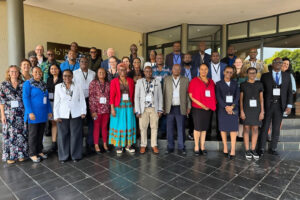Bats are one of the most successful small mammal families, with great abundance and variety even in hostile desert habitats (Taylor, 2000). The Kunene Region has a bat fauna of >16 species (Monadjem et al., 2010). At least three of these bat species are listed by IUCN as threatened – the Hipposideros vittatus, Eidolon helvum, and Epomophorus angolensis (Monadjem et al., 2010). However, there is very little knowledge about bat biology and species distribution, which hinders conservation efforts. This knowledge gap not only makes conservation challenging but also significantly restricts the kind of scientific questions that may be addressed.
This study focused on bat activity and species richness patterns which are often used to assess bat population trends. Understanding how environmental conditions affect bat activity is thus critical for bat conservation but has received little attention in most of Africa. To fill this knowledge gap, we investigated the impact of environmental conditions (such as lunar phase and ambient temperature) on bat activity and species richness in Namibia’s northern Namib Desert. From May 2016 to March 2017, we deployed long-term acoustic detectors at three locations of varying altitudes to record bat activity and captured bats to confirm species identities once a month.

We recorded 5 865 echolocation calls from six bat families in total, with two families, Vespertilionidae and Molossidae, present at all locations. The study found that the lunar phase had no effect on activity on full moon versus new moon evenings. Bat activity peaked in the early evenings at all sites, regardless of the lunar phase, implying foraging right after sunset may be adaptive. Ambient temperature had a negative effect on bat activity at all sites and bats were not active when temperatures were >35°C or ≤11°C, but bat activity peaked during the summer months (November-March). Despite differences in temperatures across sites, community composition was not related to altitude. Long-term monitoring of desert bat activity and species richness is critical not only for filling large knowledge gaps about the population trends and behaviours of these Namibian species, as well as bats in arid landscapes in general but also for informing local bat conservation efforts across a range of environmental conditions.

The full research paper is published in the African Journal of Ecology, https://doi.org/10.1111/aje.12968
Original story by: Lina Mushabati





